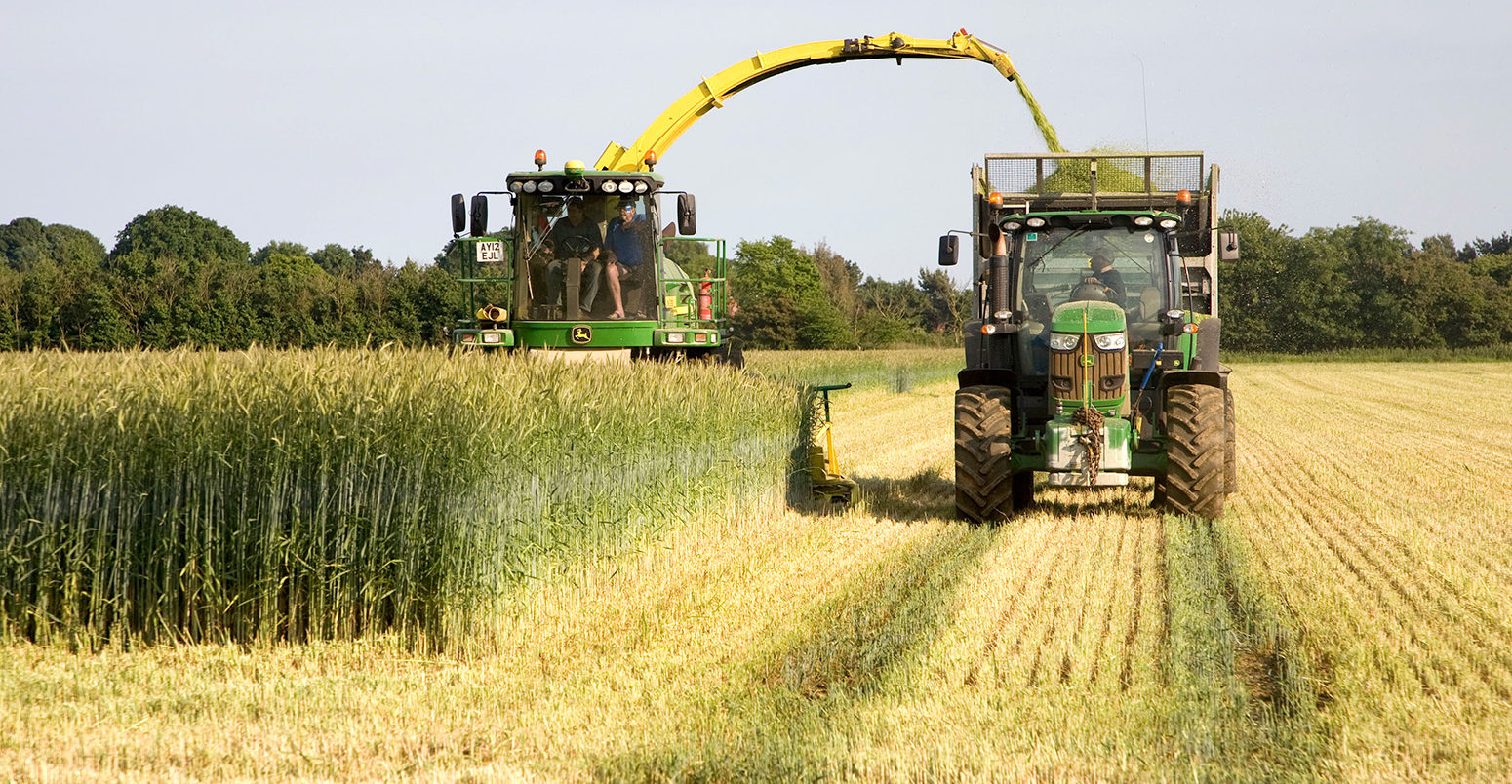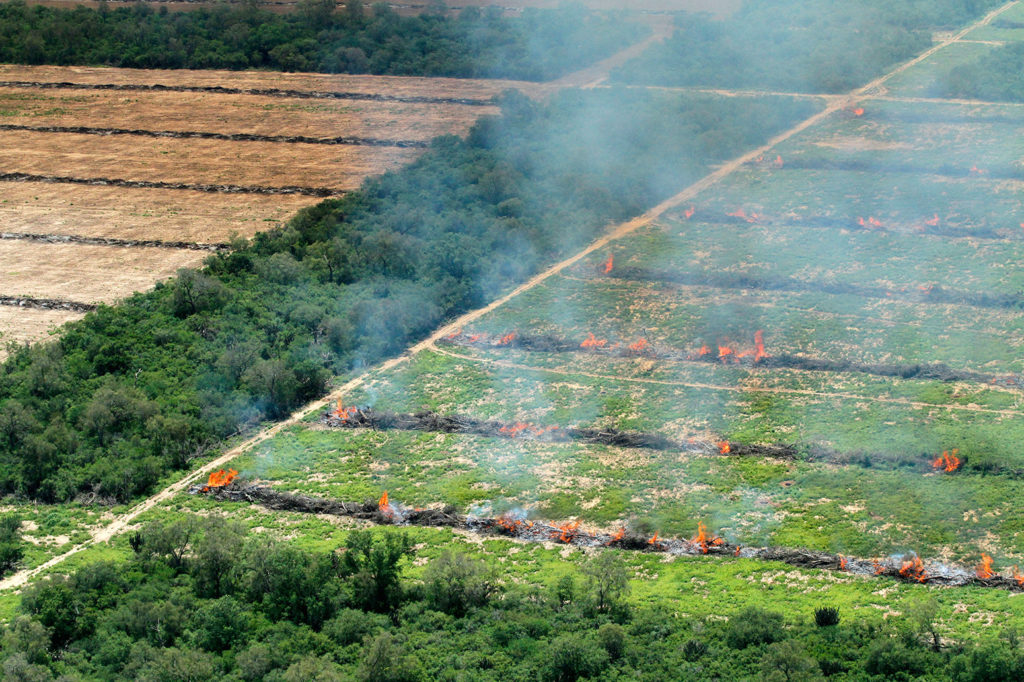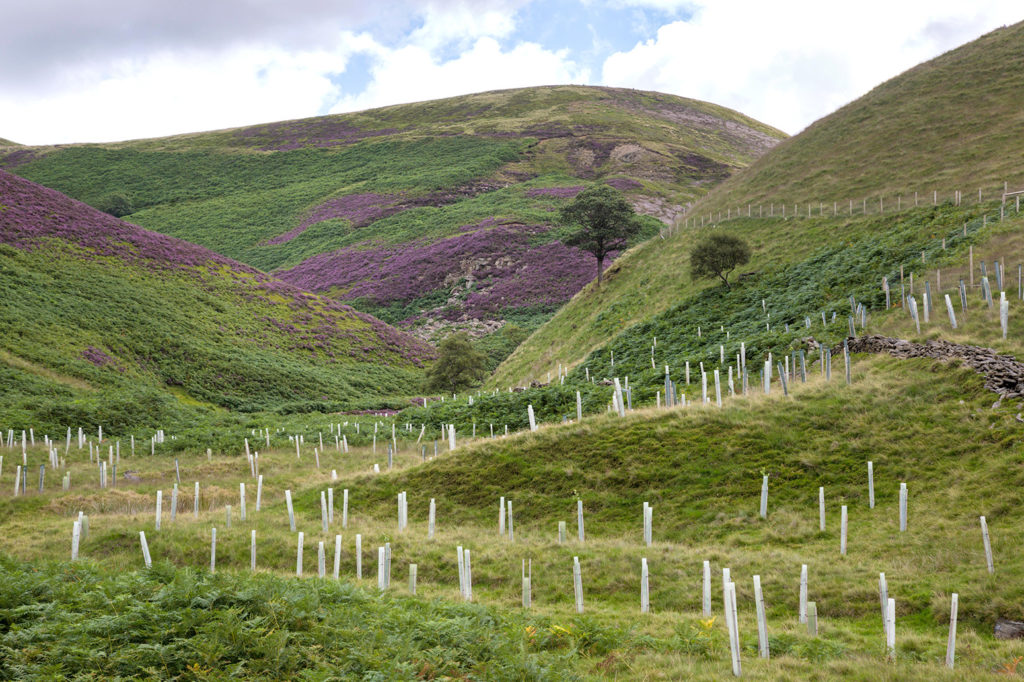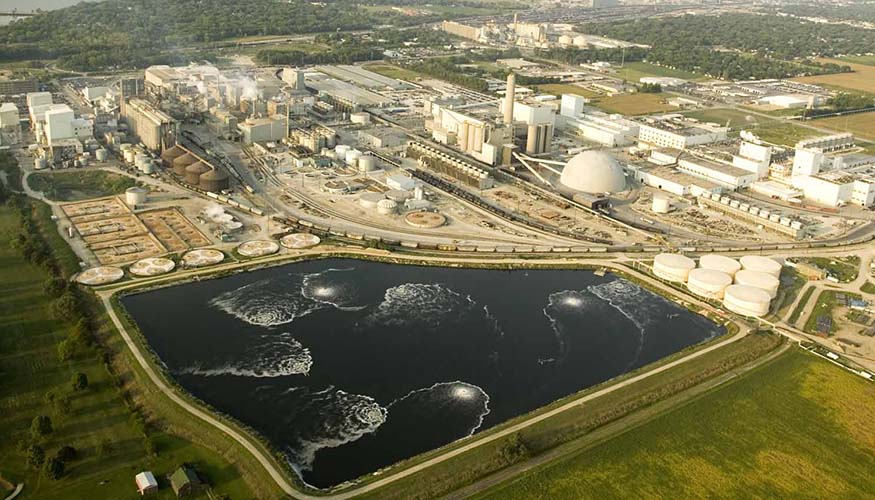
Guest post: How use of land in pursuit of 1.5C could impact biodiversity

Prof Pete Smith
07.04.18
Prof Pete Smith
04.07.2018 | 1:53pmProf Pete Smith is professor of soils & global change at the University of Aberdeen and a coordinating lead author on the Intergovernmental Panel on Climate Change’s (IPCC) forthcoming special report on climate change and land.
Since the global-warming limits of “well below 2C” and 1.5C above pre-industrial levels were enshrined in the Paris Agreement in 2015, there has been a flurry of new research assessing what the impacts of climate change could look like under each limit.
For biodiversity, the benefits of holding warming to 1.5C rather than 2C are clear. At 2C, for example, models project that 23% of the world’s plants could lose more than half of their range of suitable climate. This drops to 7-13% under 1.5C.
But there is another side to how climate change could affect biodiversity – through the land management decisions we take as part of efforts to reduce greenhouse gas (GHG) levels in the atmosphere.
Given that agriculture and forestry together are responsible for 24% (pdf) of global GHG emissions, we know that the land is going to be important for meeting either the 2C or 1.5C goals.
Not least because, as we pursue efforts to reach a 1.5C limit, it becomes increasingly likely that we will need to ramp up how much CO2 the land surface absorbs from the atmosphere. This means applying “negative emissions” techniques that often need substantial land and water when deployed at scale.
So, what does the latest research suggest are the biggest risks to biodiversity?
Land use
In a paper published by the Royal Society earlier this year, my colleagues and I reviewed the existing research on the options for land-based mitigation and their implications for biodiversity.
There are two main ways to use the land to help tackle climate change: reduce the emissions from land use – including farming and forestry – and enhance the amount of CO2 the land surface takes up from the atmosphere.
The former includes options such as reducing deforestation, restoring degraded land and changing the way the land is managed. In farming, for example, management changes could mean altering the rotation of crops, optimising fertiliser and water use (particularly for rice for the latter), improving tillage and residue management, and reducing grazing intensity.
By and large, these can be achieved without intensifying land management. They broadly have benefits for plant and animal life and are consistent with biodiversity protection.
The latter includes negative emissions techniques – also known as CO2 removal – such as afforestation and reforestation, restoration of peatlands, wetlands and coastal ecosystems, soil carbon sequestration, addition of biochar to soils, enhanced mineral weathering, and bioenergy with carbon capture and storage (BECCS).
These techniques vary in their cost, readiness, technological complexity and ease of deployment at scale.

Deforestation in the Gran Chaco near Mariscal Estigarribia, Paraguay. Credit: Michael Edwards / Alamy Stock Photo.
All of these options could have scale-dependent implications for biodiversity. In other words, deploying any of these approaches on a large enough scale to make a dent in global CO2 emissions may well have knock-on impacts for the plants and creatures that share the land.
Some options – such as BECCS and afforestation/reforestation – have a large land footprint and, when implemented, prevent the land from being used for other purposes. Others – such as biochar, soil carbon sequestration and enhanced weathering – require land, but allow continued use for its current purpose.
To a large extent, biodiversity impacts are likely to depend how a negative emissions technology is deployed. With BECCS, for example, although some bioenergy crops can provide biodiversity benefits when grown on former cropland, very large-scale cultivation of bioenergy can result in biodiversity loss.
Similarly, with afforestation/reforestation, the species of trees and where they are planted will govern the impact on the wider ecosystem. Planting a diverse mix of trees on degraded former cropland would likely improve biodiversity, for example.
Overall, our analysis suggests that many negative emissions options could be largely positive in terms on biodiversity, or at worst neutral. Whereas some, such as BECCS, will almost certainly lead to biodiversity conflicts, if implemented at a very large scale.
Planetary boundaries
Around the same time that our paper was accepted by the Royal Society for publication, two important papers were published – both in Nature Climate Change – which furthered our understanding of how negative emissions options might influence biodiversity.
The first, by Dr Vera Heck of the Potsdam Institute for Climate Impact Research (PIK) and colleagues, provided an in-depth analysis of how BECCS might contribute to CO2 removal, as well as the risks to planetary boundaries associated with widespread implementation of BECCS in different regions.
The risks to planetary boundaries considered in the study were freshwater use, biogeochemical cycling (using nitrogen use as an indicator), land system change (using percentage forest loss as an indicator), and biosphere integrity (using biodiversity “intactness” as an indicator).

Native tree planting in Cranberry Clough, Howden Moors. Peak District National Park, Derbyshire, UK. Credit: Nature Picture Library / Alamy Stock Photo.
The authors found that, when running model simulations that use BECCS to meet the 1.5C or 2C limit while prioritising the protection of freshwater biodiversity, global biodiversity intactness declined by 25-35%.
In addition, this risk varied between regions. While implementation of BECCS in some regions – such as Europe, New Zealand, part of Australia – presented a relatively low risk to planetary boundaries, others – including central, east and west Africa, and Madagascar – were at risk under all scenarios. Other regions – most of Latin America and the Caribbean, parts of North America, China and East Asia and the Himalayas – were classed as “high-risk” when biodiversity was not prioritised.
My main takeaway from the Heck study was that, given the risks, perhaps we should park BECCS and pursue other land-based negative emissions options instead – particularly those proposed as “natural climate solutions”, such as reforestation and habitat restoration.
That was until I read the second paper, by Dr Michael Obersteiner of the International Institute for Applied Systems Analysis (IIASA) and colleagues.
Obersteiner’s study looked at different ways of “spending” our dwindling carbon budget – the amount of CO2 that we can still emit without exceeding either the 1.5C or the 2C limit. Their findings got me thinking again about whether or not we need to use BECCS sooner rather than later.
The research looked at a range of different benchmarks including carbon budget overshoot, the amount of CO2 that would need to be captured from 2080 onwards, and natural land lost. They then compared a number of scenarios of timing of negative emissions deployment.
The results were striking: waiting to apply negative emissions late in the 21st century had the worst outcomes across all scenarios examined. This was because it led to a significant overshoot of the carbon budget – and, hence, missing the warming limits they were aiming for.
Natural land lost (a surrogate for biodiversity impact) was 26-33%, depending on peak emission date, whereas their “rapid decarbonisation”, “no overshoot” and “minimise greenhouse gas removal” scenarios had much lower impacts on natural land lost.
These findings suggested that very early deployment of negative emissions at scale is necessary to avoid overshoot – and with direct air capture not yet available at scale, the authors conclude that early deployment of BECCS is necessary.
Learn by doing
After reading the Heck study, I thought we could, perhaps, kick BECCS into the long grass, and deploy it later – perhaps after 2050 – depending on how much mitigation had been achieved.

The Illinois Industrial Carbon Capture and Storage plant captures CO2 from Archer Daniel Midland’s Decatur corn processing facility and stores it almost a mile and a half underground. Credit: Archer Daniel Midland.
But following the Obersteiner paper, I now think we might need to bite the bullet and implement BECCS earlier.
This means we need demonstration projects. They need to be in regions where risks to planetary boundaries are deemed to be low, so that we can test the efficacy of BECCS and monitor and assess the environmental impacts. We learn best by doing.
In this emerging and fast-paced field of research, new studies on land-based negative emissions have the potential to reshape our thinking on the best way forward. In part, this is what makes working in this field so interesting at the moment.
New studies such as those described here are starting to provide the information we need to assess the potential impacts of different mitigation strategies on biodiversity – helping us to target observations and experimentation to get a better handle on the real impacts.
Smith, P. et al. (2018) Impacts on terrestrial biodiversity of moving from a 2C to a 1.5C target, Phil. Trans. R. Soc. doi:10.1098/rsta.2016.0456
-
Guest post: How use of land in pursuit of 1.5C could impact biodiversity
-
Guest post: Why land use is vital for meeting the 1.5C climate goal

